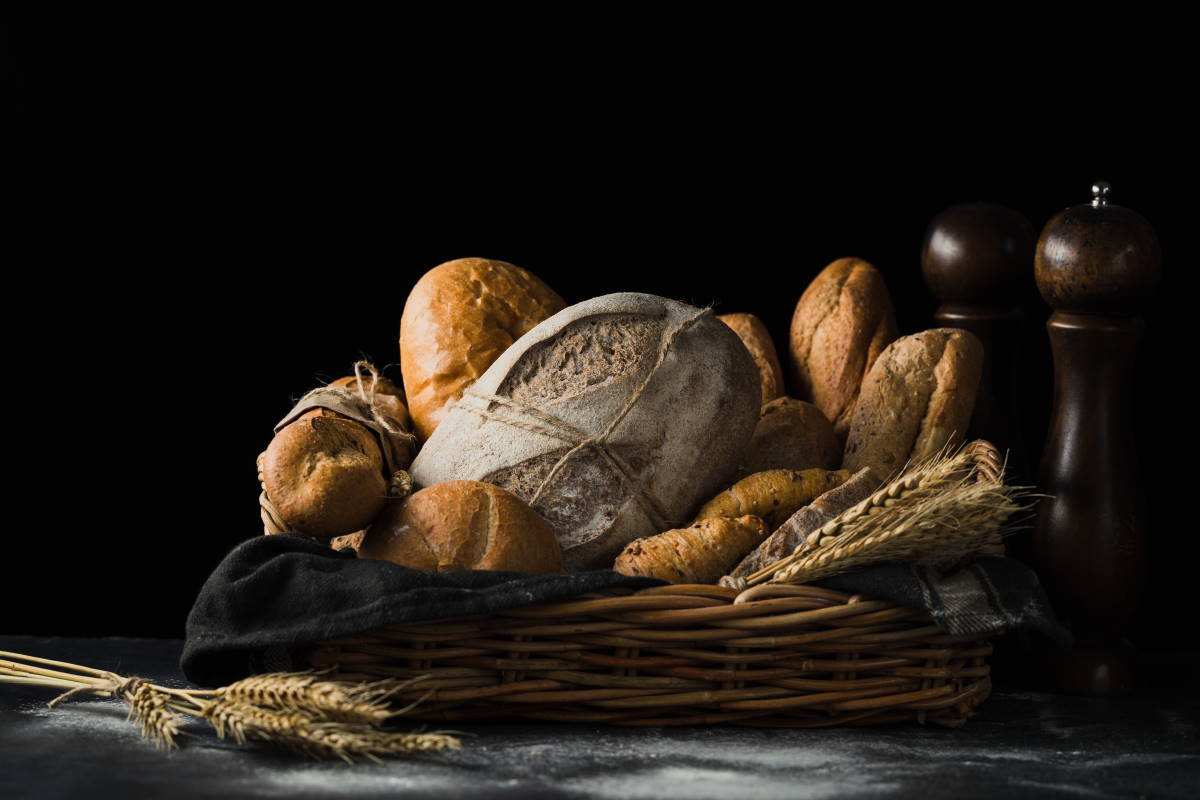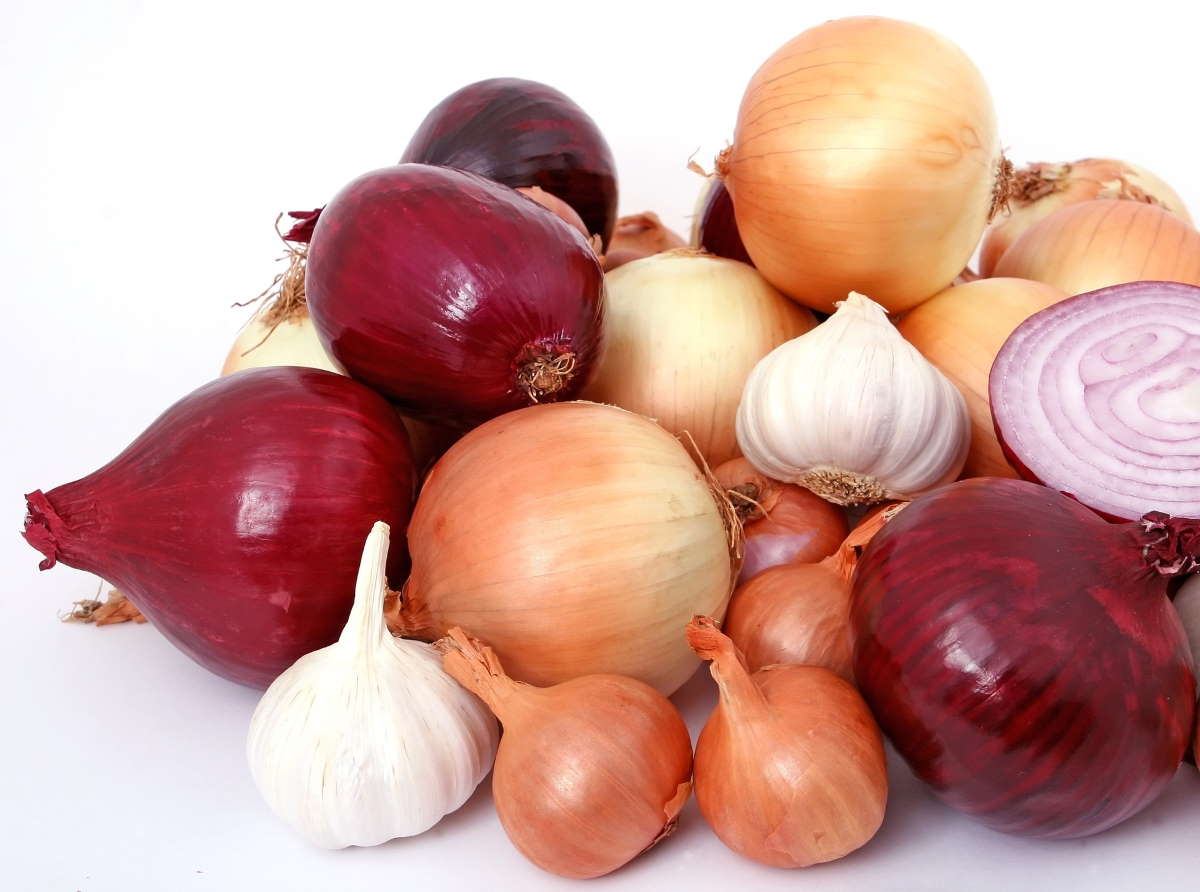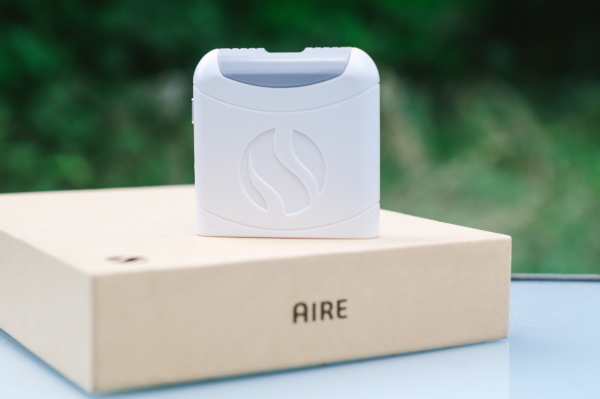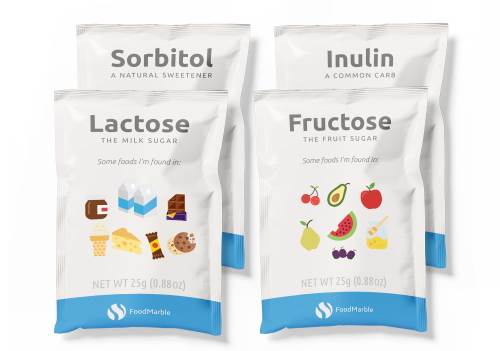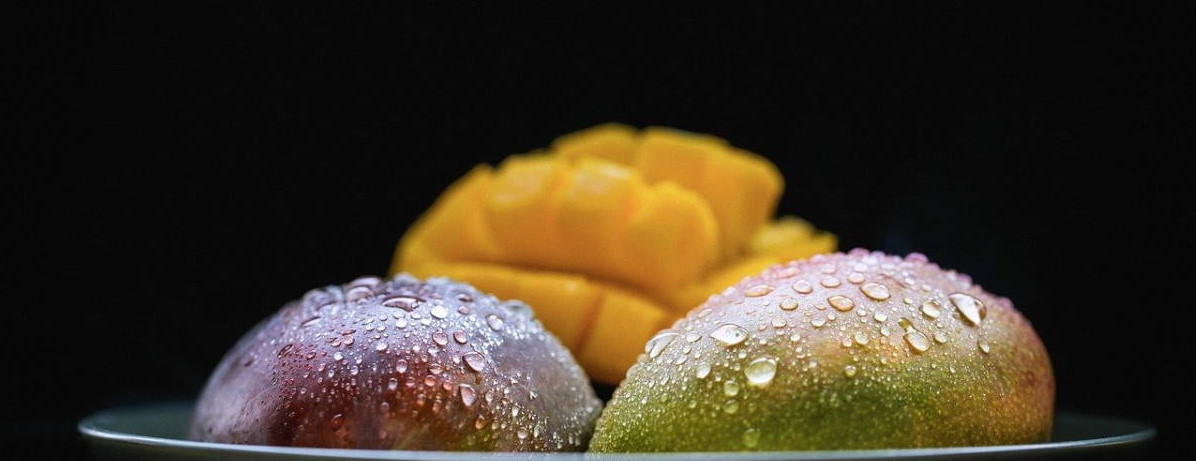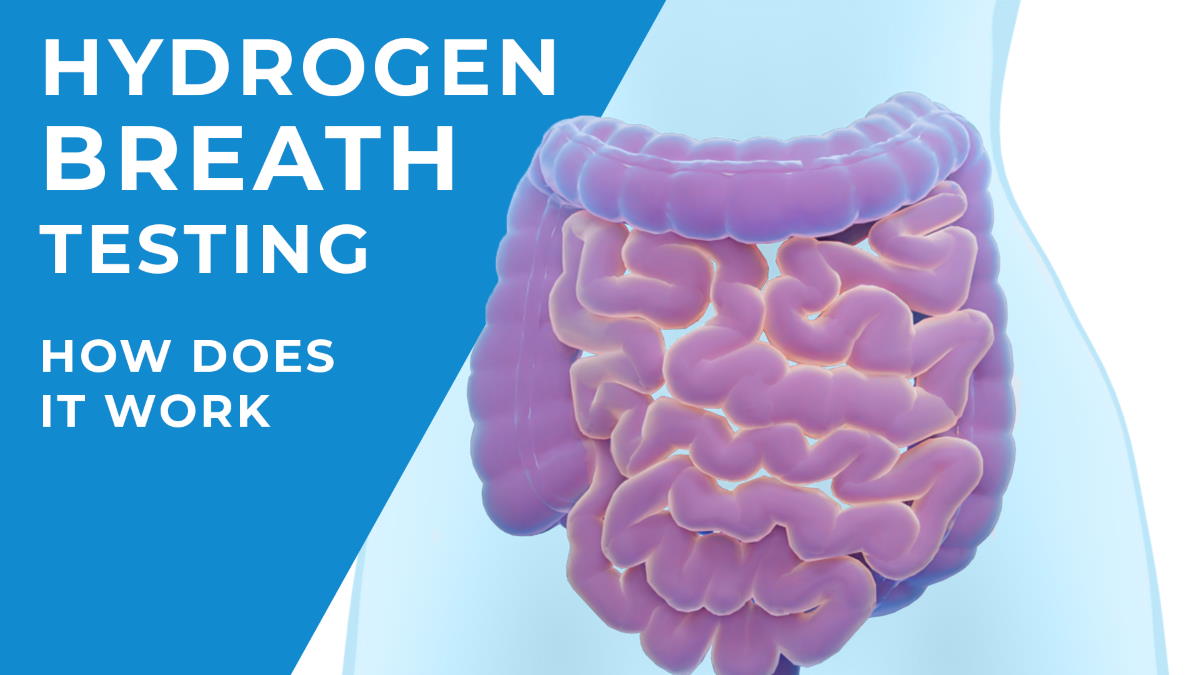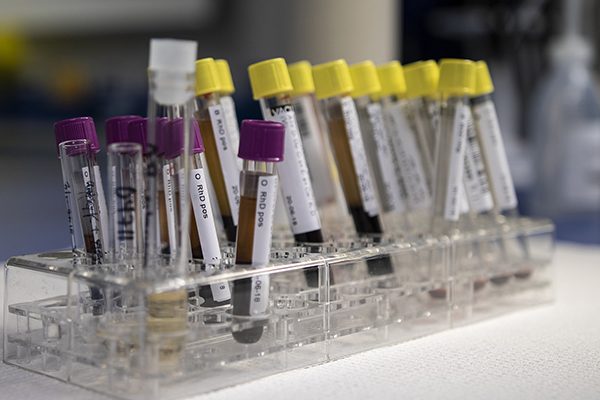What are fructans?
Fructans is a collective name for a chain of sugars, comprising only of fructose sugar molecules. Really long chains of fructose (more than 10 fructose molecules) are also known as inulin. Shorter chained fructans (2-9 fructose molecules) are known as fructo-oligosaccharides (FOS). They are found in a variety of natural foods like fruits, vegetables and cereal based products.
Examples of fruit and vegetables that contain fructans
- Artichoke (contains inulin) – 75g serving is high FODMAP
- Kidney beans (contains both inulin and FOS) – 150g serving is high FODMAP
- Soya beans (contains inulin) – 170g serving is high FODMAP
- Watermelon (contains both inulin and FOS) – 250g serving is high FODMAP
- Onions, white (contains both inulin and FOS) – 75g serving is high FODMAP
- Garlic (contains inulin) – 3g serving is high FODMAP
- Grapefruit (contains inulin) – 250g serving is high FODMAP
- Nectarines (contains FOS) – 110g serving is high FODMAP
Examples of cereal based products that contain fructans
- Bread, rye (contains inulin) – 85g serving is high FODMAP
- Bread, white (contains inulin) – 85g serving is high FODMAP
- Bread, multigrain (contains inulin) – 70g is high FODMAP
- Muesli, wheat (contains both inulin and FOS) – 35g serving is high FODMAP
- Weetabix, cereal (contains inulin) – 40g serving is high FODMAP
- Cornflakes, cereal (contains inulin) – 35g serving is high FODMAP
- Spaghetti, wheat (contains inulin) – 150g serving is high FODMAP
Inulin and FOS can also be added to processed foods, so it is always important to check the ingredients list. Many people unnecessarily avoid gluten (a protein found in wheat products), because they experience digestive symptoms after eating wheat based products. Maintaining a gluten free diet is only required if you have been diagnosed with coeliac disease. Potentially the source of your digestive issues are the presence of fructans in foods, rather than gluten.
Image by Shutterbug75 from Pixabay
How are fructans digested?
Humans lack the necessary enzymes to break down these long chains of fructose. Remember, the longer chains of fructose are known as inulin (more than 10) and the shorter chains of fructose are known as FOS (2-9 fructose molecules). We are not able to digest fructans in the small intestine. This means they travel along to the large intestine, where our gut microbes break them down for us. The bacteria in our gut have the necessary enzymes to ferment these undigested sugars. As they are broken down, gases (like hydrogen) and other important fermentation products (like short chain fatty acids – SCFAs) are produced.
What are the common symptoms associated with poor digestion of fructans?
As all humans are unable to absorb fructans as part of the normal digestive process (which happens in the small intestine), these sugars will always arrive intact into the large intestine. However, your unique gut microbiome composition will determine how much fermentation will happen and what happens to the gas afterwards. Some bacteria like to consume the hydrogen and make other important products. A rapid build-up of gas can be quite debilitating for those with a sensitive gut. They can often experience bloating, gas and abdominal pain. It is important to identify your unique tolerance, as this can vary considerably from person to person.
Can I test this myself?
Hydrogen breath testing with your FoodMarble AIRE is a quick, non-invasive way to assess your tolerance to these sugar alcohols. You can purchase sachets of FODMAPs from our website (inulin, sorbitol, lactose and fructose) to consume during the test. The FoodMarble app takes you through the whole test which lasts approximately three hours.
The inulin sachet contains 10g of the sugar, which you mix with water and drink. Then you measure your breath hydrogen levels every 15 minutes for the next three hours.
It is also important to assess your level of symptoms during and especially after the testing period. In many cases, an increase in breath hydrogen may occur before you experience symptoms. Inulin is a long-chained sugar molecule, meaning it can travel quite slowly through the digestive system. This is especially important for those with IBS, as they might find that they experience symptoms much later in the day. This is because it can take some time for the gases to build up.
I’ve written a detailed blog outlining the FoodMarble Inulin Challenge, which will give you more information before starting the Challenge.
If you have completed an inulin breath test and experienced symptoms, we recommend you try repeating the test (when you have no symptoms) but using a much lower dose, like 5g. You could also try a Custom Challenge using a portion of food containing inulin. Finding your tolerance level is key to maintaining a balanced and healthy diet.
Check out our other blogs about different FODMAPs:
FoodMarble AIRE is the world’s first personal hydrogen breath tester. It is a pocket-sized breath analysis device. It helps people with chronic digestive issues determine the foods that work best with their digestive system. To learn more about FoodMarble, visit foodmarble.com or follow us on

